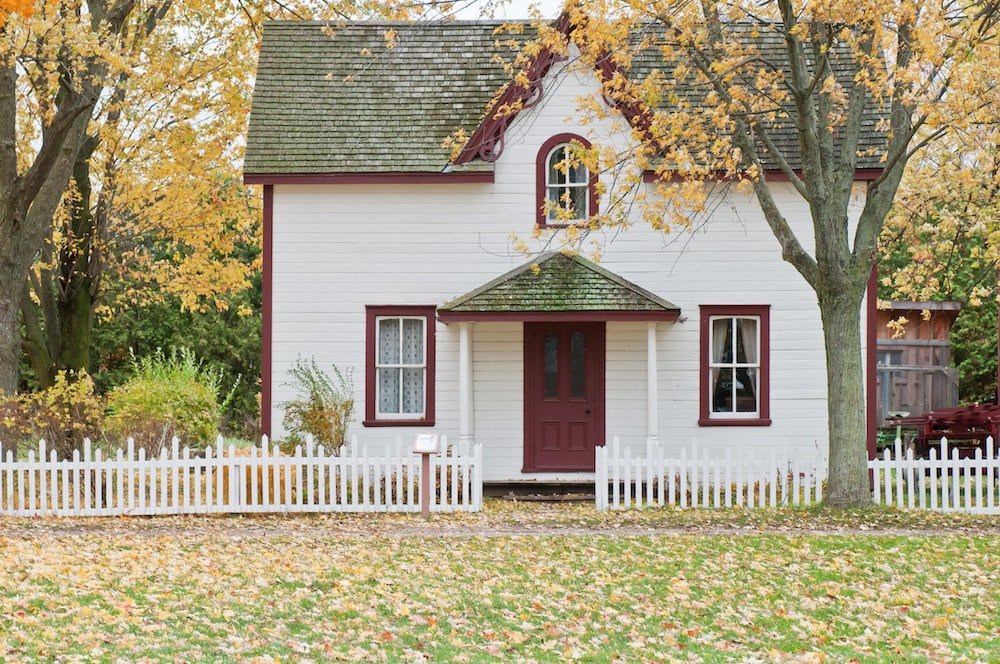
In response to the FHFA’s recent announcement to eliminate the 0.5% adverse market refinance fee, mortgage lenders are driving mortgage rates lower in a race to compete for business. In the past two weeks, mortgage rates have dropped substantially, falling below 3% for qualified borrowers. The official change takes effect on August 1, 2021.
If you’re ready to refinance your mortgage, this is good news. Take action now to refinance your mortgage and access the lowest mortgage rates in years.
These quick steps can help you get started.
How to Fast Track Your Mortgage Application and Refinance Your Mortgage
Low interests rates are only one part of a mortgage refinance. The truth is, shopping for the lowest rate won’t always help you save money when you refinance your mortgage. Several factors directly impact your refinance rate, including your credit score, loan-to-value ratio, and the loan product. Specific lenders might advertise super-low refinance rates, but it may end up costing you more based on your approved mortgage rate and closing costs.
Step 1: Connect with a local mortgage advisor
Talk to a mortgage advisor right away if you’re considering refinancing your home mortgage. An experienced mortgage advisor can start the process quickly and help you lock in the lowest rate possible. What’s more, they’ll uncover hidden opportunities and customize a mortgage refinance to meet your long-term financial goals.
No matter your credit score or employment status, there are refinancing options available for most homeowners.
* If you’re facing foreclosure or nearing the end of forbearance, connect with a mortgage advisor today to discuss your options.
Find a qualified mortgage expert in your local area
Step 2: Estimate how much you can save
Use a free mortgage calculator to find out how much you can save when you refinance your mortgage. Decide which factors are most important to you, then connect with a mortgage advisor to discuss your mortgage goals. For example, maybe you want to refinance to a 15-year mortgage or change from an adjustable-rate mortgage to a fixed-rate mortgage.
Use this mortgage refinance calculator to see how much you can save
Step 3: Download your free credit report
You can download a free copy of your credit report once every 12 months. It’s a good idea to look for any errors in advance. Your credit score has a direct impact on the terms of your loan and your mortgage rate. By reviewing a free copy of your credit report early, you can fix errors ahead of time.
Click here to download your free credit report
Step 4: Gather required documentation for a refinance
Start gathering paperwork you’ll need to verify income and assets, employment information, bank statements, and tax returns. Ask your mortgage advisor for a quick list to help keep things on track. An experienced mortgage advisor will provide a checklist to follow and will make sure the process runs smoothly.
If you’re self-employed, your mortgage advisor can talk with you about additional information that might be required.
Questions about refinancing? We hear you.
What are my options for refinancing a mortgage?
If your current mortgage is more than 6 months old, here are the most common options worth considering:
- Cash-out Refinance
- Streamline Refinance
- Rate and Term Refinance
- Renovations & Remodels
- Consolidate a Second Mortgage
Consider investment opportunities or other ways to extend your home equity. For example, refinance your mortgage with cash-out and invest in a second property. Or apply for a renovation loan to increase the value of your primary residence.
Can I refinance my mortgage without getting a home appraisal?
A home appraisal is necessary in many cases, but not always. Depending on your refinancing terms, the mortgage lender may require an appraisal to verify your home’s current market value.
However, you might have the option to bypass a home appraisal. Talk to a mortgage advisor to see if you qualify for a no-appraisal refinance.
If you have an FHA loan or a VA loan, talk with a local mortgage advisor about the FHA streamline or the VA IRRRL (Interest Rate Reduction Refinance Loan). These are just a few refinance options that don’t require an appraisal.
RELATED: Talk with a local mortgage expert to find out if you qualify for a no-appraisal refinance
Are there closing costs to refinance a mortgage?
Yes. Most borrowers want to refinance a mortgage to save money and lower their monthly mortgage payments. However, if you refinance at a lower mortgage rate but face high closing costs, it might not save you money in the long run. We recently blogged about that here.
Review this sample Loan Estimate to find out which fees are negotiable.
Closing costs typically include:
- Origination Fee
- Appraisal Fee
- Credit Report Fee
- Prepaid Homeowner’s Insurance
- Prepaid Interest
- Property Taxes
- Mortgage Insurance
When you refinance a mortgage, many homeowners have the option to pay the closing costs upfront, roll them into the loan, or get a lender credit in exchange for a higher rate. Review the numbers to decide whether or not refinancing your mortgage is truly saving you money.
RELATED: Learn the Truth About No-Closing Cost Loans
What documentation will I need to refinance my mortgage?
Refinancing a mortgage is similar to starting an application for a home loan, with a few exceptions. Mortgage lenders require varying documentation depending on the type of mortgage refinance.
Common documentation to pull together:
- Identification such as a passport or driver’s license
- Employment verification
- Proof of income (e.g., pay stubs, W-2 statements, bonuses, alimony)
- Tax returns for the past two years
- Recent bank statements
- Investment account statements
If you’re self-employed, ask your mortgage advisor about additional information that might be required.
RELATED: How to refinance a mortgage when you’re self-employed
Summary
Refinance rates have dropped again and are below 3% for qualified borrowers. That said, refinancing your mortgage might not always be the best financial decision, especially if the fees and closing costs start adding up. Start your application early and review your loan estimate so you can compare potential savings. You can refinance your mortgage for a lower interest rate and a better mortgage payment by discussing your options with a qualified mortgage advisor.
Next Steps
When you’re ready to refinance a mortgage, an experienced mortgage advisor can help you get the lowest rate and the best terms available. Connect with a mortgage advisor to discuss your options and make a plan that can help you save money on your mortgage. We’d love to help.



